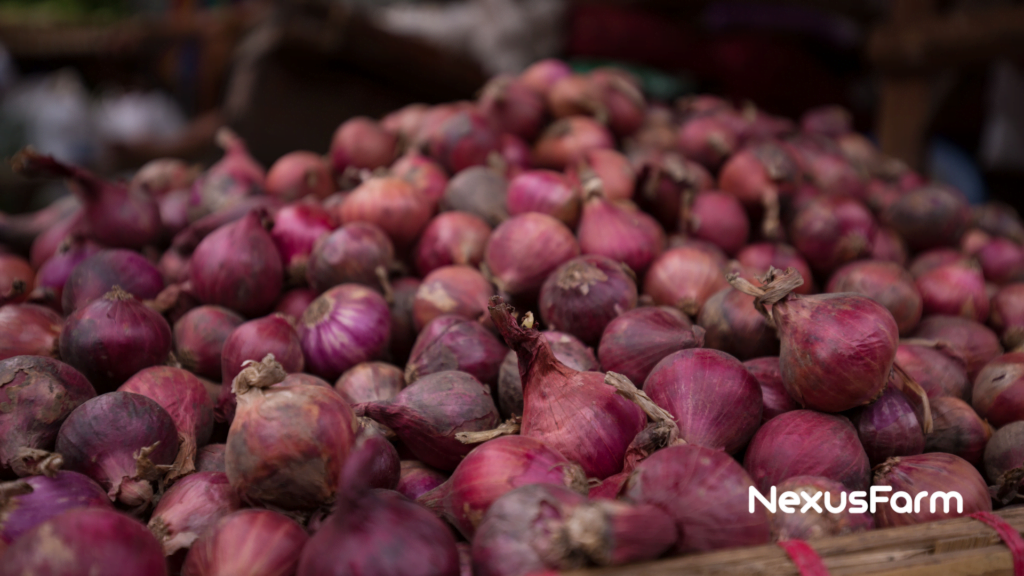
Last year, the Philippines achieved a significant milestone in its agricultural sector as palay production reached an all-time high of 20.06 million metric tons. This record-breaking harvest was made possible by favorable weather conditions in the last quarter of 2023, providing a much-needed boost to the country’s staple crop.
According to data released on January 30, 2024, by the Philippine Statistics Authority, the palay output in 2023 surpassed the previous year’s volume by 1.5 percent. However, it is important to note that the 2022 harvest experienced a decline from the record harvest of 19.96 million metric tons in 2021.
Agriculture Secretary Francisco P. Tiu Laurel, Jr. expressed his ambition to further increase rice harvest volume but acknowledged the challenges that lie ahead. One of the main concerns is the expected water shortage due to the El Nino phenomenon, which could potentially hinder agricultural activities.
The remarkable palay harvest translates to approximately 13.2 million metric tons of rice, enabling the country to reduce its rice import volume from 3.8 million metric tons in 2022 to 3.5 million metric tons. This achievement aligns with the government’s goal of promoting self-sufficiency and reducing dependence on foreign rice imports.
President Ferdinand Marcos, Jr. has emphasized the importance of modernizing agriculture to enhance food production, particularly in the palay sector. The aim is not only to ensure food security but also to improve the livelihoods of Filipino farmers.
While rice consumption is estimated at 13.5 million metric tons, the country maintains a required 50-day buffer stock, necessitating an additional 1.85 million metric tons of rice supply. The government remains committed to meeting this demand and addressing any potential food shortages.
The Philippine Statistics Authority’s report also highlighted the resilience of the agriculture and fisheries sector, which experienced a 0.7 percent growth in terms of production value despite the challenges faced in 2023. Secretary Tiu Laurel attributed this success to the livestock and poultry sectors, which recorded growth rates of 2.7 percent and 7.8 percent, respectively, despite the ongoing cases of African swine flu and avian influenza.
Crop production, which accounts for a majority share of 58.7 percent in the total value of production in agriculture and fisheries, demonstrated a modest 0.1 percent growth compared to the previous year. This indicates the sector’s ability to adapt and thrive amidst various obstacles.
The record-breaking palay production in 2023 is a testament to the resilience and dedication of Filipino farmers. It showcases the potential of the agricultural sector to contribute significantly to the country’s economic growth and food security. With continued support and investment in modernizing agriculture, the Philippines is well-positioned to further enhance its agricultural productivity and meet the evolving needs of its population.
Source: http://www.da.gov.ph

